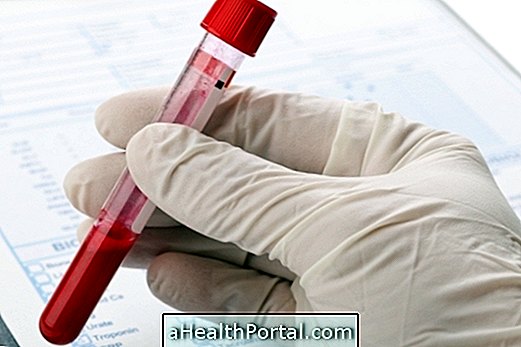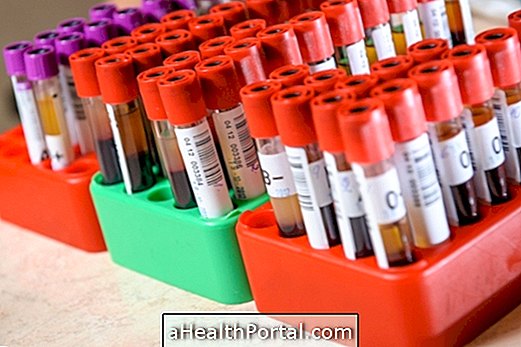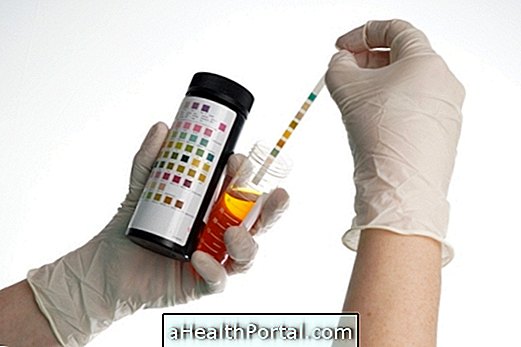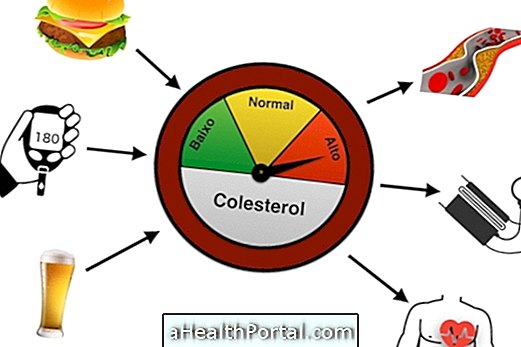The VDRL exam, which stands for Venereal Disease Research Laboratory, is a blood test used to diagnose syphilis, or lues, which is a sexually transmitted disease. In addition, this examination may also be requested to accompany the disease in those who already have syphilis, which is a disease characterized initially by the presence of wounds in the region that does not hurt. See what syphilis symptoms are.
In some cases the examination of syphilis may give a false positive result, which may mean that the person does not have syphilis, but may have other diseases, such as leprosy, tuberculosis or hepatitis, for example.
The VDRL exam must be performed before becoming pregnant and also in each trimester of pregnancy as it is a disease that can have serious health complications.

How the VDRL exam is performed
The VDRL test is done through a simple blood test, in which a small blood sample is collected and analyzed in the laboratory.
To perform the test, fasting is not necessary, although some doctors or laboratories indicate fasting for at least 4 hours to perform the test. The result of the test is released according to the laboratory, and can be released 24 hours or in 7 days.
Understanding the VDRL exam result
The result of the VDRL exam is given in titles: the higher the title, the more positive the test result. Basically the VDRL exam result can be:
- Positive or Reagent;
- Negative or Non-reactive.
If the result is negative, it means that the person has never come into contact with the bacteria that causes syphilis or is cured.
What does the positive result mean?
Usually if the result of the VRDL is positive means that the person has syphilis, however, the person may not have syphilis and have other diseases such as brucellosis, leprosy, hepatitis, malaria, asthma, tuberculosis, cancer and autoimmune diseases. false-positive result.
The result is considered positive when it has title from 1/16. This title means that even by diluting the blood 16 times it is still possible to identify antibodies.
Lower titers, such as 1/1, 1/2, 1/4, and 1/8, indicate that syphilis may be present, since after one, two, four, or eight dilutions the antibodies could still be detected. As it is a question of possibility, it is important to return to the doctor for a confirmatory examination to be requested, since this title may be the result of a cross reaction, that is, a false positive. Low titers are also found in primary syphilis, where antibodies circulate in the blood at low concentrations.
Titers over 1/16 indicate that you have syphilis and therefore you should go to the doctor so that treatment can be started quickly.
VDRL exam in pregnancy
The VDRL pregnancy test should be performed early in the prenatal period and should be repeated in the second trimester, even if the result is negative because the baby may have neurological problems if the mother has syphilis. See the risks of syphilis in pregnancy.
If the result is positive, the pregnant woman can transmit the disease to the baby through the placenta or birth canal if the disease is not identified and treated correctly.
In the case of syphilis diagnosed in the pregnant woman, the VDRL should be done every month until the end of pregnancy so that the woman's response to the treatment can be evaluated to see if the bacterium causing syphilis has been eliminated.
Usually the treatment of syphilis is done with penicillin injections according to the gynecologist, obstetrician or infectologist. Learn more about syphilis treatment, signs of improvement, worsening and complications.


























